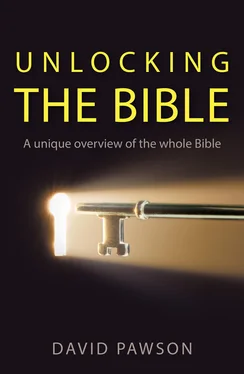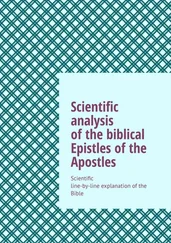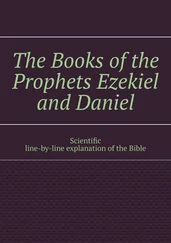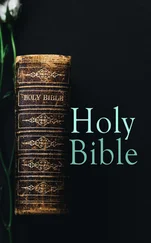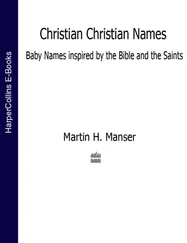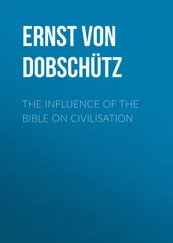The ordinary priests also had ‘robes of office’, but their requirements included only special coats, girdles, caps and breeches. We can discern in these different robes a picture of the one to come who would be the High Priest for ever on behalf of his people.
To build it
Up to that point, the people’s skills consisted only of constructing and transporting bricks, so the task of building such an elaborate tent would normally have been beyond them. We are told that Bezalel, Oholiab and others were given particular gifts by God to accomplish the building. This is the first mention of ‘spiritual gifts’ in the Bible, and it is interesting that it should be in association with manual tasks such as these.
9. Indulgence and intercession
INDULGENCE
Moses was on Mount Sinai for a long time receiving the law. Not knowing what had happened to him, the people asked Aaron if they could worship a ‘god’ they could see. So with Aaron’s help they melted down their gold to make a bull calf they could worship. The choice of animal was significant. As we have already noted, these animals were one of many idols used by the Egyptians. Bulls and calves were symbols of fertility and have been used as such down through history. It is a clear principle of Scripture that idolatry leads to immorality: loss of respect for God leads to loss of respect for people. A wild orgy followed. When Moses came down and saw what was going on, he smashed both copies of the law. He was symbolizing what the people had already done by their behaviour.
INTERCESSION
Moses went back up the mountain and told God that he was fed up with the people, only to find that God was feeling just the same. We reach a key moment in the history of Israel and a pivotal moment in Moses’ leadership. Moses told God that if he was going to blot Israel out of his book, he should be blotted out too, as he did not want to be the only one left. He was effectively saying, ‘Take my life in atonement for them.’ God explained that he only blots out of his book the names of those who have sinned against him, a theme picked up at various points throughout the Bible. The most important thing in life is to keep your name in the Book of Life. God said to Moses, ‘I blot out of my book those who sin against me.’
Moses insisted that the people were punished and God told him to deal with the ringleaders. Three thousand died. This precise figure may mean little to us, but the details of the Exodus narrative have some amazing correspondences with events in the New Testament. The law was given on Sinai on the fiftieth day after the Passover lamb was killed. The lamb was killed at 3.00 p.m. and on the third day after that the slaves were liberated. On the fiftieth day after the Passover the law was given, a day the Jews then called Pentecost. Three thousand people died because they broke the law. It was on that same fiftieth day centuries later, when the Jews were celebrating the giving of the law, that God gave his Spirit – and this time 3,000 people were saved (see Acts 2).
10. Construction and consecration
Where did the Israelites get all the materials they needed to build the tabernacle? At least one ton of gold was needed, not to mention the cloth, linen, jewels, copper and wood. There was an average gift of a fifth of an ounce of gold from each man.
God had told Abraham many centuries before that not only would his descendants be in slavery, but when they left the land of their captivity he would bring them out with great possessions. The materials for the tabernacle and the priests’ garments actually came from the Egyptians, who were so glad to see the back of the Israelites that they gave them all their jewellery. This tells us how they came to have the materials. They came to be used in the tabernacle because the people gave them, donated them for use in this way. Four words describe the nature of their giving: it was spontaneous, thoughtful, regular and sacrificial. This was not an enforced collection with penalties for those who did not give, but was purely down to the free decision of the people (‘Everyone who is willing…’).
At the end of Exodus we are told how God took up residence and consecrated the tent. The people saw his glory arrive and they saw the plume of smoke or cloud above the inner room. The inner room became filled with light as the glory of the Lord came into it. God was camping with his people. Thereafter, when they saw the cloud and the light move they knew it was time to move on.
Christian use of the Book of Exodus
The story of Exodus is compelling and the details of the Israelites’ worship fascinating, but we must ask this: How should Christians read it today?
The first thing to say is that God has not changed. He deals with Christians in the same way as he did with the children of Israel. That is why so many of the words in Exodus are used again in the New Testament – words such as law, covenant, blood, lamb, Passover, Exodus, leaven. They are used in the New Testament but derive their meaning from the book of Exodus.
At the same time there are some significant differences. We are not now under the law of Moses but under the law of Christ. As we shall see, in some ways this makes things harder and in other ways it makes them easier.
The tabernacle is no longer necessary, for we know that Christ has provided direct access into the holy of holies. Neither are we dependent on God’s provision of food and water from the sky and the rock.
There are two essential ways in which Christians need to apply Exodus today.
Christ
Christians are to seek Christ in the book of Exodus. Jesus said, ‘Search the Scriptures, for they bear witness to me.’ The Exodus is central to the Old Testament, and all the books which follow look back to it as the redemption on which everything else is based. In the same way the cross is central to the New Testament.
This is not a fanciful connection. Six months before Jesus died on the cross he was 4,000 feet high on top of Mount Hermon in the north of Israel, talking with Moses and Elijah. Luke’s Gospel tells us that they talked about ‘the exodus’ which Jesus was about to accomplish in Jerusalem.
What is more, Jesus died at 3.00 p.m., the very time when thousands of Passover lambs were being slaughtered. So Christ is called ‘our Passover lamb’, the one who has been sacrificed for us so that the angel of death would pass over those who trust in him. He rose from the dead on the third day and his resurrection liberates us from death, just as the Hebrews were liberated from slavery on the third day after the Passover.
There are other links, too. We read in John’s Gospel that Jesus is the bread from heaven. Paul says that Jesus is the rock from which Moses drew the water for the children of Israel. John also says in his Gospel that ‘the word became flesh and “tabernacled among us”’. He literally pitched his tent, God in Christ dwelling in the midst of his people.
With all this in mind, we can understand Christ’s words in Matthew: ‘I did not come to destroy the law but to fulfil it’. In short, we cannot understand the New Testament without the Old.
Christians
The book of Exodus can also be applied to Christians. Paul, reflecting on some of the events in Exodus, writes to the church at Corinth: ‘These things occurred as examples, to keep us from setting our hearts on evil things, as they did.’
The crossing of the Red Sea prefigures baptism. Paul says the children of Israel were baptized into Moses in the Red Sea and his readers had been baptized into Christ.
Christians also have a Passover meal regularly, for the Lord’s Supper is a Passover meal, commemorating the liberation of Christ.
Paul speaks of keeping the feast and getting rid of the yeast or leaven because Christ the Passover lamb has been sacrificed. This seems a strange exhortation until we consider the context. He was writing to a church about the immoral behaviour of a believer who was sleeping with his stepmother. In this context the yeast stood for the evil that was taking place which needed to be got rid of if they were truly to ‘keep the feast’. The Exodus account sees things in a material way, while the New Testament sees them in a moral context.
Читать дальше
